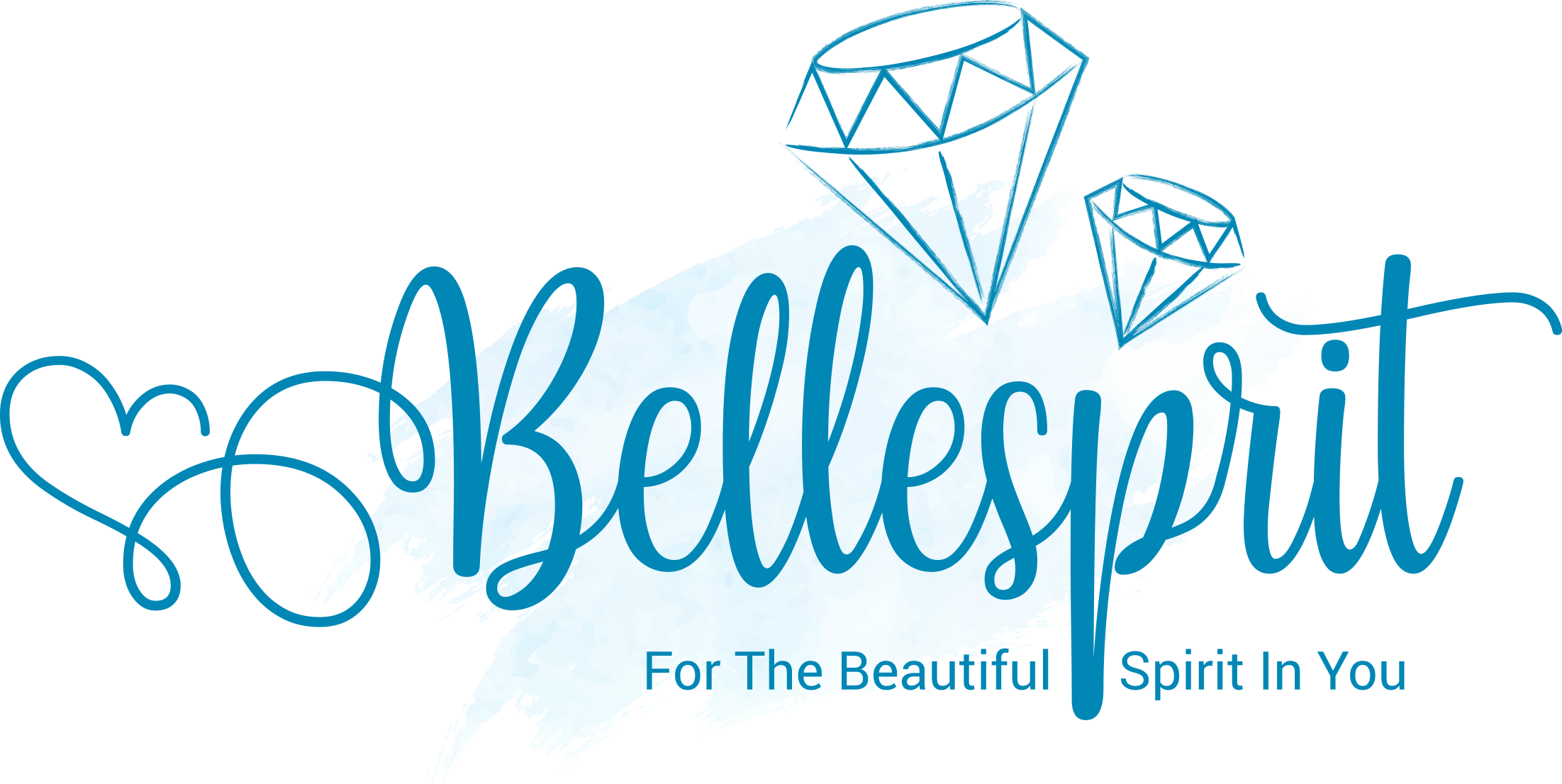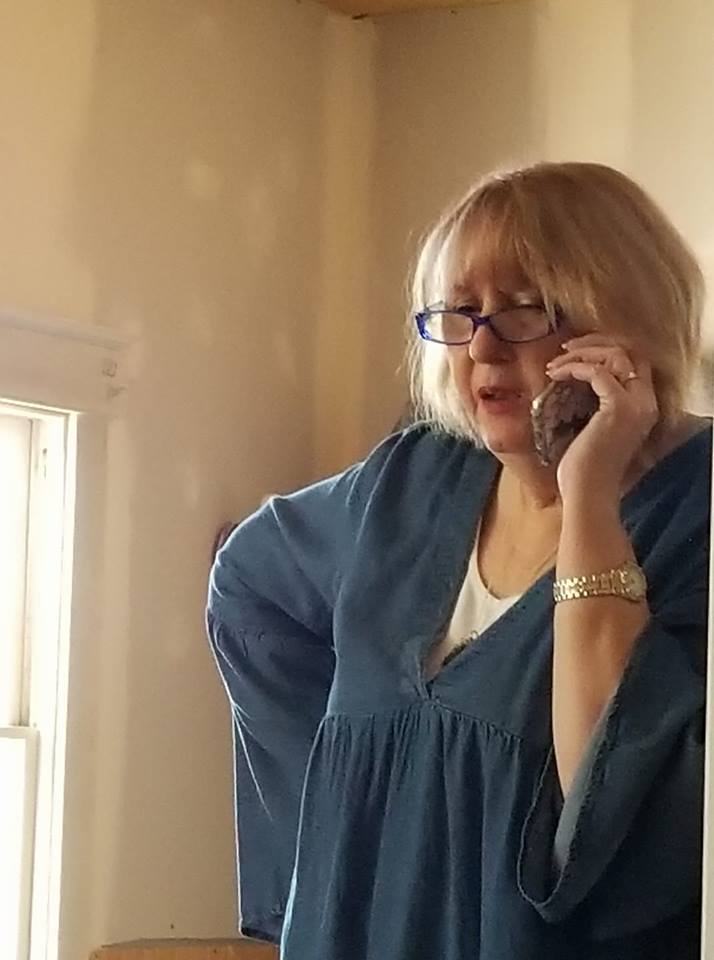Expectations of a Facial
 Everyone wants clear, glowing skin. Many clients expect a quick fix, yet no matter how skilled the professional may be or how extensive their training, they cannot fix decades of a poor skin condition in one session. The same applies to any “miracle” products; they don’t exist.
An ethical practitioner will do a proper assessment or consultation and then offer a treatment plan to work toward your desired outcome. You should then be advised of the time frame for the plan and the cost.
The treatment plan is based on your skin’s actual condition, diet behavior and perhaps modifications. Your life style plays a role as well. The professional has an obligation to you to provide you with proper preparation, effective protocols and comprehensive after-care.
You have a responsibility to follow the treatment regimen as directed and to be committed to showing up for each appointment while maintaining realistic goals for a favorable outcome.
What’s Your Number?
The Fitzpatrick Scale is a skin typing test or prototyping scale that uses a numerical classification for the color of skin. Developed by Thomas B. Fitzpatrick, a Harvard Dermatologist in 1975, it introduced a way to classify the response of different skin to UV light. The components measured include: genetic disposition, reaction to sun exposure and tanning habits.
This is the scale that professionals use to help determine your skin care protocol since products and treatments very for each type:
Type I (scores 0-7)
Light, pale white
Always burns, never tans
Type II (scores 8-16)
White, fair
Usually burns, tans with difficulty
Type III (scores 17-24)
Medium, white to olive
Sometimes mild burn
Gradually tans to olive.
Type IV (scores 25-30)
Olive, moderate brown
Rarely burns, tans with ease to a moderate brown
Type V (scores over 30)
Brown, dark brown
Very rarely burns, tans very easily.
Type VI
Black, very dark brown to black
Never burns, tans easily
Deeply pigmented
Skin Care in the News
SUGAR: The Other Cause of Wrinkles
The skin aging from sugar takes place through a process called glycation. Those sugar molecules flood the body’s cells hanging onto fats and proteins causing protein fibers to become stiff and malformed. The proteins then become weak and less supple producing skin that has wrinkles, sags and has little luster.
Personal Care Product Safety
Consumer antibacterial soaps don’t reduce bacteria or prevent the spread of disease any better than ordinary hand washing. According to the CDC, 75% of adults and children’s urine tested positive for Triclosan, the most common antibacterial ingredient. Avoid buying products containing Triclosan or Triclocarban.
Sleep Deprivation Linked to Aging Skin
The first of its kind, a study commissioned by Estee Lauder, concluded that sleep quality impacts the skin function and aging process. So now you have another reason to get a good night’s sleep.
Eczema’s Role in Food Allergies
A recent study suggests that a breakdown in the skin barrier and inflammation in the skin which occurs in eczema (also known as dermatitis) could play a key role in triggering food sensitivities in babies. This could indicate that food allergies may derive via the immune cells in the skin rather than in the gut.
Stress Affects Skin
When stress occurs a chemical response in your body makes skin more sensitive and reactive and it can make it more difficult for skin problems to heal.
Sandi’s Skin Care Q & A
Q: What are the methods of hair removal?
A: Plucking – This involves removing each hair individually by hand with an implement; also referred to as tweezing.
Shaving – An electric or manual razor is used for this method. It could cause ingrown hairs or scarring.
Depilatory Cream – Chemicals that dissolve the hair shaft.
Hot Waxing – Using a special wax that is heated to a specific temperature and then applied to the area of skin that has been prepared and then pulled off with a specific cloth such as muslin.
Threading – A traditional Indian method of hair removal where each hair is twisted in a pattern with the use of thread and then pulled out.
Laser – A light pulse is used to destroy the hair bulb. This is one of longest lasting methods although expensive and sometimes painful.
Q: Why do some people who do hair removal and facials call themselves estheticians and others aestheticians?
A: Both names are interchangeable. The two words mean roughly the same thing and many suggest that the difference is only a result of geography: esthetician being a more Americanized spelling and aesthetician being a European spelling. The root word aesthetician originates from the German word asthetisch and the French word esthetique. The root word aesthetic originates from the German word ästhetisch and the French word esthétique.
Q: If I wear makeup with concealer it looks like white circles under my eyes. What am I doing wrong?
A: First you should choose a concealer that is closest to your skin color but a little lighter. Next apply a few dots under each eye and then carefully blend with a makeup sponge or your ring finger. Try not to rub it in; just blot then apply your makeup.
Q: I went to a spa for a facial and the woman would not give me one because she said I had pustules. Was she wrong?
A: No, she was not wrong. A skin care specialist should not perform a facial if you have pustules since it would not be safe to do so.
Q: I have little white bumps at the side of my nose, what are they?
A: It is difficult to answer that question without examining your skin but I will tell you that a common condition that occurs in that location resembling that which you described is called a comedone. A comedone is a plugged hair follicle. When it is white it has not been exposed the air therefore it has not been oxidized.
Q: I have crow’s feet and lines between my eyes; is there a product I can use to help this?
A: Retinol is the strongest over-the-counter ingredient for this problem. It will soften lines in about 4-6 months of use by building collagen. Retin-A, a prescription product, is concentrated and can make a difference in 2-3 months.
Q: My eyebrows seem to have thinned as I have aged. I wondered, would getting permanent brows be a wise choice?
A: Permanent eyebrow makeup involves getting a series of tattoos along the brow line. According to the most recent issue of the New England Journal of Medicine, permanent makeup procedures may not be as safe as previously thought. Since 2003, the number of people suffering adverse reactions from the procedures has risen dramatically.
Do you have a question about your skin you would like to ask Sandi? Send your questions to Sandra Smith at handsofki@yahoo.com.
Visit her website at www.handsofki.com.]]>
Everyone wants clear, glowing skin. Many clients expect a quick fix, yet no matter how skilled the professional may be or how extensive their training, they cannot fix decades of a poor skin condition in one session. The same applies to any “miracle” products; they don’t exist.
An ethical practitioner will do a proper assessment or consultation and then offer a treatment plan to work toward your desired outcome. You should then be advised of the time frame for the plan and the cost.
The treatment plan is based on your skin’s actual condition, diet behavior and perhaps modifications. Your life style plays a role as well. The professional has an obligation to you to provide you with proper preparation, effective protocols and comprehensive after-care.
You have a responsibility to follow the treatment regimen as directed and to be committed to showing up for each appointment while maintaining realistic goals for a favorable outcome.
What’s Your Number?
The Fitzpatrick Scale is a skin typing test or prototyping scale that uses a numerical classification for the color of skin. Developed by Thomas B. Fitzpatrick, a Harvard Dermatologist in 1975, it introduced a way to classify the response of different skin to UV light. The components measured include: genetic disposition, reaction to sun exposure and tanning habits.
This is the scale that professionals use to help determine your skin care protocol since products and treatments very for each type:
Type I (scores 0-7)
Light, pale white
Always burns, never tans
Type II (scores 8-16)
White, fair
Usually burns, tans with difficulty
Type III (scores 17-24)
Medium, white to olive
Sometimes mild burn
Gradually tans to olive.
Type IV (scores 25-30)
Olive, moderate brown
Rarely burns, tans with ease to a moderate brown
Type V (scores over 30)
Brown, dark brown
Very rarely burns, tans very easily.
Type VI
Black, very dark brown to black
Never burns, tans easily
Deeply pigmented
Skin Care in the News
SUGAR: The Other Cause of Wrinkles
The skin aging from sugar takes place through a process called glycation. Those sugar molecules flood the body’s cells hanging onto fats and proteins causing protein fibers to become stiff and malformed. The proteins then become weak and less supple producing skin that has wrinkles, sags and has little luster.
Personal Care Product Safety
Consumer antibacterial soaps don’t reduce bacteria or prevent the spread of disease any better than ordinary hand washing. According to the CDC, 75% of adults and children’s urine tested positive for Triclosan, the most common antibacterial ingredient. Avoid buying products containing Triclosan or Triclocarban.
Sleep Deprivation Linked to Aging Skin
The first of its kind, a study commissioned by Estee Lauder, concluded that sleep quality impacts the skin function and aging process. So now you have another reason to get a good night’s sleep.
Eczema’s Role in Food Allergies
A recent study suggests that a breakdown in the skin barrier and inflammation in the skin which occurs in eczema (also known as dermatitis) could play a key role in triggering food sensitivities in babies. This could indicate that food allergies may derive via the immune cells in the skin rather than in the gut.
Stress Affects Skin
When stress occurs a chemical response in your body makes skin more sensitive and reactive and it can make it more difficult for skin problems to heal.
Sandi’s Skin Care Q & A
Q: What are the methods of hair removal?
A: Plucking – This involves removing each hair individually by hand with an implement; also referred to as tweezing.
Shaving – An electric or manual razor is used for this method. It could cause ingrown hairs or scarring.
Depilatory Cream – Chemicals that dissolve the hair shaft.
Hot Waxing – Using a special wax that is heated to a specific temperature and then applied to the area of skin that has been prepared and then pulled off with a specific cloth such as muslin.
Threading – A traditional Indian method of hair removal where each hair is twisted in a pattern with the use of thread and then pulled out.
Laser – A light pulse is used to destroy the hair bulb. This is one of longest lasting methods although expensive and sometimes painful.
Q: Why do some people who do hair removal and facials call themselves estheticians and others aestheticians?
A: Both names are interchangeable. The two words mean roughly the same thing and many suggest that the difference is only a result of geography: esthetician being a more Americanized spelling and aesthetician being a European spelling. The root word aesthetician originates from the German word asthetisch and the French word esthetique. The root word aesthetic originates from the German word ästhetisch and the French word esthétique.
Q: If I wear makeup with concealer it looks like white circles under my eyes. What am I doing wrong?
A: First you should choose a concealer that is closest to your skin color but a little lighter. Next apply a few dots under each eye and then carefully blend with a makeup sponge or your ring finger. Try not to rub it in; just blot then apply your makeup.
Q: I went to a spa for a facial and the woman would not give me one because she said I had pustules. Was she wrong?
A: No, she was not wrong. A skin care specialist should not perform a facial if you have pustules since it would not be safe to do so.
Q: I have little white bumps at the side of my nose, what are they?
A: It is difficult to answer that question without examining your skin but I will tell you that a common condition that occurs in that location resembling that which you described is called a comedone. A comedone is a plugged hair follicle. When it is white it has not been exposed the air therefore it has not been oxidized.
Q: I have crow’s feet and lines between my eyes; is there a product I can use to help this?
A: Retinol is the strongest over-the-counter ingredient for this problem. It will soften lines in about 4-6 months of use by building collagen. Retin-A, a prescription product, is concentrated and can make a difference in 2-3 months.
Q: My eyebrows seem to have thinned as I have aged. I wondered, would getting permanent brows be a wise choice?
A: Permanent eyebrow makeup involves getting a series of tattoos along the brow line. According to the most recent issue of the New England Journal of Medicine, permanent makeup procedures may not be as safe as previously thought. Since 2003, the number of people suffering adverse reactions from the procedures has risen dramatically.
Do you have a question about your skin you would like to ask Sandi? Send your questions to Sandra Smith at handsofki@yahoo.com.
Visit her website at www.handsofki.com.]]>
You also might be interested in
About Bellesprit

Bellésprit (pronounced bell-e-spree) was born out of a desire to educate those who seek to expand their knowledge along their spiritual path. Featuring many contributors who are experts in their field, Bellésprit has a little bit of something for everyone who desires to learn more about spirituality, metaphysics, and the paranormal world.

